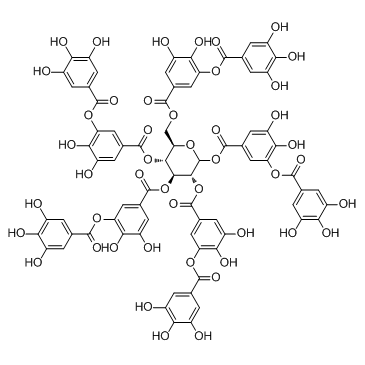| Structure | Name/CAS No. | Articles |
|---|---|---|
 |
Tannic acid
CAS:1401-55-4 |
|
 |
N-hexane
CAS:110-54-3 |
|
 |
Divinylbenzene
CAS:1321-74-0 |
|
 |
Styrene
CAS:100-42-5 |